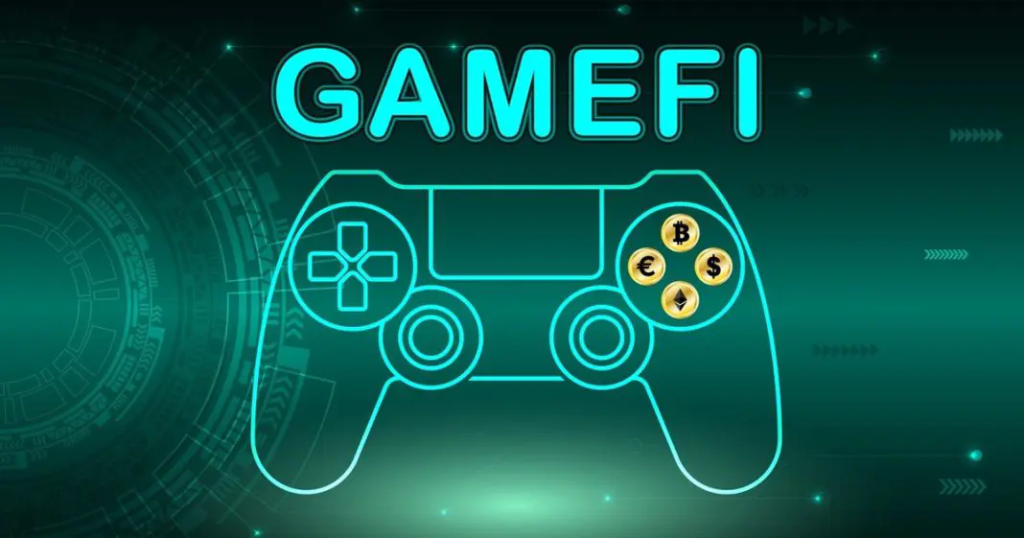
The GameFi ecosystem is entering a period of strong growth and is expected to reach a capitalization of $301.5 billion by 2030, according to a Nansen report.
This growth is fueled by decentralized ownership of in-game assets, like NFTs , which provide real value and financial incentives that traditional gaming cannot match.
Nansen forecasts a 68% annual growth rate over the next six years .
Despite the volatile crypto market, GameFi has shown strength with the number of daily active wallets increasing by 8.94% in August 2024 .
Blockchain infrastructure improvements such as increased processing power, reduced gas fees, and scaling are helping GameFi projects grow.
opBNB , Ronin , and Immutable networks also attract both developers and gamers due to their speed, low costs, and scalability.
Ownership in the game
The highlight of GameFi is the real ownership of in-game assets, different from traditional games where asset value is locked in the platform.
Role-playing games ( RPGs ) fit this model well, accounting for 22% of Web3 games , followed by action games at 17% .
High-quality AAA titles are growing rapidly, even though they only make up 1% of all current Web3 games.
GameFi also received over $651 million in venture capital funding, ranking fourth in the cryptocurrency sector.
The importance of community
Nansen’s report highlights games like Illuvium , Axie Infinity , and Seraph , which combine engaging gameplay and decentralized economic systems.
Axie Infinity popularized the “play to earn” model, while Illuvium and Seraph stood out with their robust NFT economies .
In addition to gameplay, social interaction plays a major role in Web3 ‘s success . Axie Infinity and Seraph lead the way with strong communities on X , Discord , and Telegram , helping to accelerate growth on these platforms.











